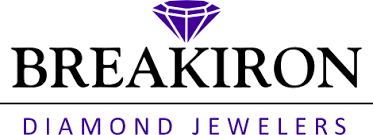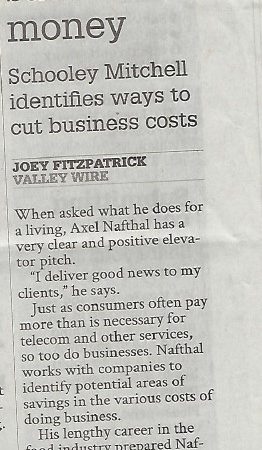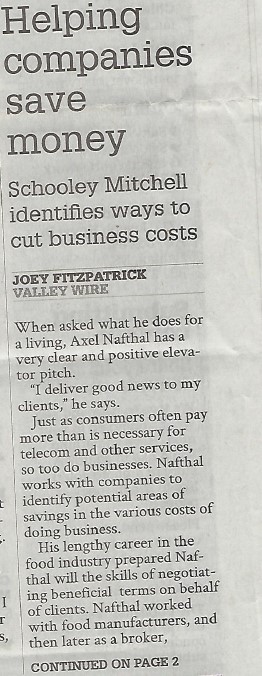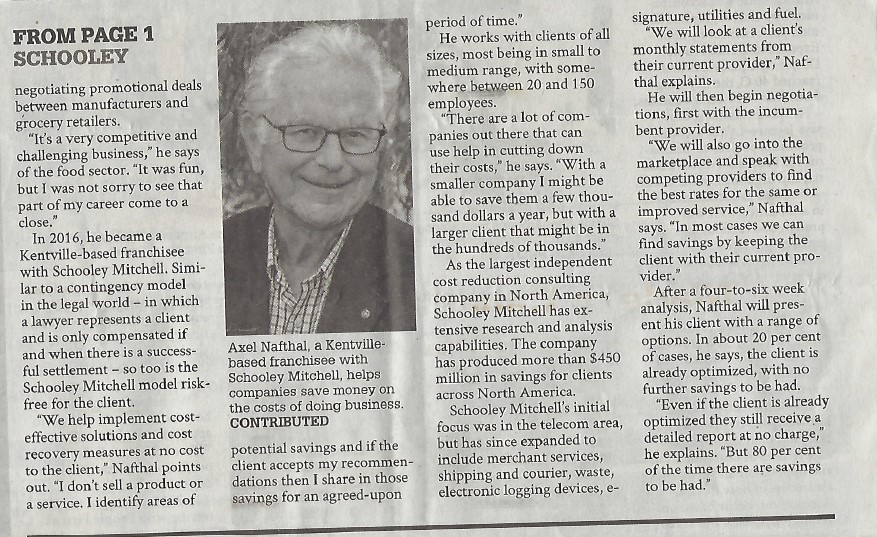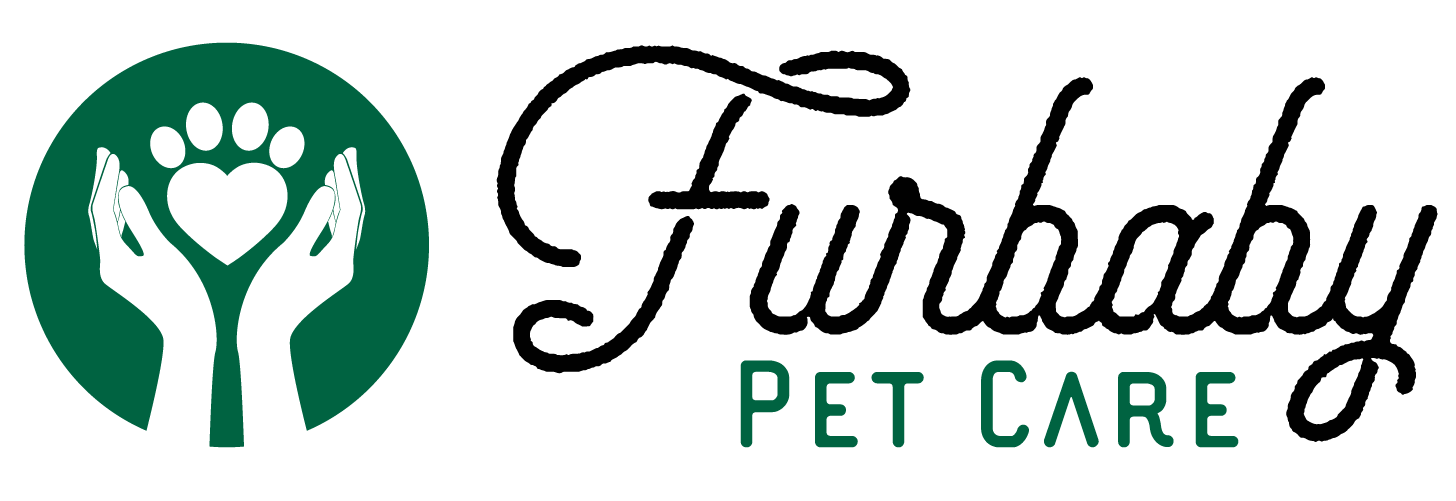Cal Wilson / September 21, 2022
Advice from Gartner: 7 Cost-Reduction Mistakes to Avoid
The following article was shared by Gartner on August 17th, 2022:
7 Cost-Reduction Mistakes to Avoid
Contributor: Jackie Wiles
Be ready with productive options when your CFO asks for cost reductions.
Many executive leaders will need to make trade-offs in their spending to tackle today’s triple squeeze of persistent inflation, supply chain disruptions and a tight labor market. But common missteps in cost reduction can undermine even structured programs designed to optimize cost decisions strategically.
“Many more CFOs will start to look for cost reductions if high inflation persists or if there is a risk that higher interest rates will weaken the demand-side of the economy,” says Randeep Rathindran, Vice President, Research, at Gartner. “Executives should scope now where to secure cost reductions while avoiding seven common mistakes that make it difficult — and potentially impossible — to pursue growth ambitions in the longer term.”
Error No. 1: Making blanket cuts with unrealistic targets
Fewer than half (43%) of leaders actually achieve the level of savings they set out to in the first year of cost reduction. Unrealistic targets are the problem.
Across-the-board cuts penalize the more efficient parts of your organization (demotivating those teams) and can result in eroding important sources of value.
Error No. 2: Failing to sustain behavior change
Only 11% of organizations can sustain cost cuts over a three-year period. This is because most cost-cutting strategies are short term and fail to preserve the behavioral change required for smart spending decisions in the future.
Although some costs (such as travel and expense) can be capped by policy rules and restrictions, many removed costs inevitably creep back in as budget owners and managers pursue spending and initiatives in the name of supporting growth. The result is another painful round of cost reductions when the next crisis hits.
Error No. 3: Slowing down the organization
Only 6% of organizations consistently invest in growth opportunities without creating excessive complexity. Because of the premium many organizations and their investors place on top-line growth, executive leaders tend to have a blindspot when it comes to complexity.
Complexity drives almost half of the growth in corporate overhead costs. From introducing too many incremental variants of existing products to investing in scope-additive business lines or elaborate management hierarchies, complexity creates:
Direct costs, such as excessive inventory holding or warranty costs from supporting too many product varieties and SKUs
Indirect costs in terms of slower decision making
Error No. 4: Choking off needed innovation
Only 9% of organizations create enough capacity to take on the growth and innovation opportunities they pursue. Aggressive cost reductions can drain resources from high-impact innovation projects or indefinitely delay funding to a point where competitors can hurdle your organization in the market.They can also promote an environment where innovators don’t feel permissioned to request enough multiyear funding required to ensure their initiatives are successful.
Error No. 5: Missing the boat on digital
Among CFOs polled in July 2022, 66% said they planned to increase investment in digital technology in the ensuing 12 months, and another 32% said they would maintain such spending. That’s the highest percentage of any spend category, reflecting the ongoing need to prioritize digital acceleration as a way to:
Permanently reduce the cost of doing business (especially to fight inflation)
Improve customer and employee experience
Outperform competitors during the looming downturn
However, realizing value and scale from IT initiatives requires an actionable digital-investment model and a clear understanding of enterprise digital strategy. A productive CFO-CIO partnership is also critical to ensure funding continues to flow to critical digital initiatives.
Error No. 6: Rushing into unfair contracts with providers
Two in five IT leaders regret technology purchases due to unfavorable terms or overpriced fees. It is imperative for an organization to acquire the right set of technologies to support its digital transformation or speed up business processes. However, limited budgets, coupled with pressure to invest in new and disruptive technologies, can drive leaders to invest in technologies that require unforseen implementation costs, generate new inefficiencies and generally fail to meet expectations, wasting potentially millions in economic resources.
Vendor negotiations are a key part of cost optimization strategies, and today’s high levels of inflation make it even harder to tell if your vendors are tying price increases to their costs or are simply trying to maintain their margins. Make sure to negotiate not just prices but terms and conditions.
Error No. 7: Introducing harmful risks to the organization
Under budget pressure, executives typically look first to lower costs in their direct area of responsibility, such as their function, but it’s critical to consider, too, whether those cost-reduction actions would create or exacerbate risks that threaten the organization’s value proposition.
Examples:
- Cybersecurity. Underinvesting in cybersecurity may keep IT costs low but raises the risk of a major cybersecurity incident, like a ransomware attack or a headlining breach, which would be unacceptable to shareholders, customers or partners. Managing the impact of a major cybersecurity incident is itself very costly.
- Supply chain. Reducing inventory levels across the entire product portfolio can improve the organization’s short-term cash position but erode supply chain performance, putting customer service levels at risk for items that generate greater value for the organization.
- Talent. Cost-cutting initiatives and deinvestment can damage employee experience, which is critical for employee engagement and productivity. Understanding that impact can help you avoid rash decisions that could damage key talent outcomes in the long term. This is especially important today, when certain talent is scarce and costly.
In short:
- Cost reductions will likely be on the agenda in coming weeks and months as organizations navigate a range of economic headwinds.
- Knee-jerk action to reduce costs can have unintended consequences for the longer-term health of your organization.
- Consider now how you can reduce spending without risking digital initiatives and other growth strategies later.
This article has been updated since its original publication in December 2020 to reflect new events, conditions and research.
Randeep Rathindran, VP and Team Leader, has a primary research focus on the Chief Financial Officer and FP&A leader role, Financial Data and Analytics, Investor Relations, and Finance Technology Optimization key initiatives.


